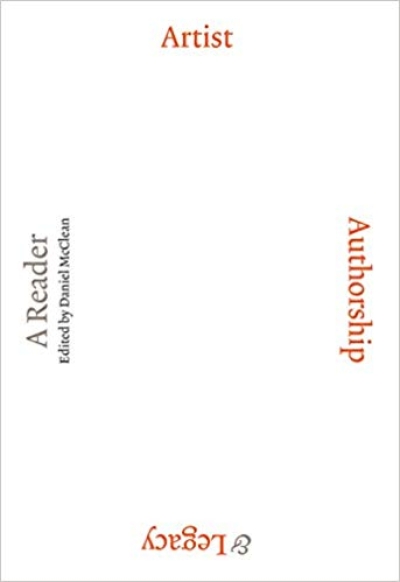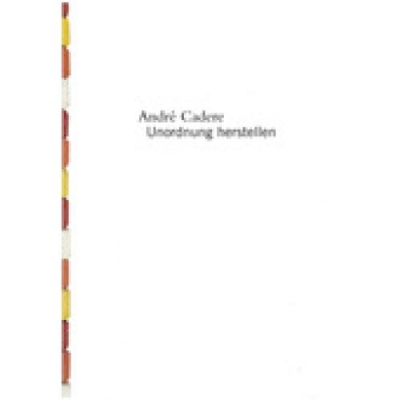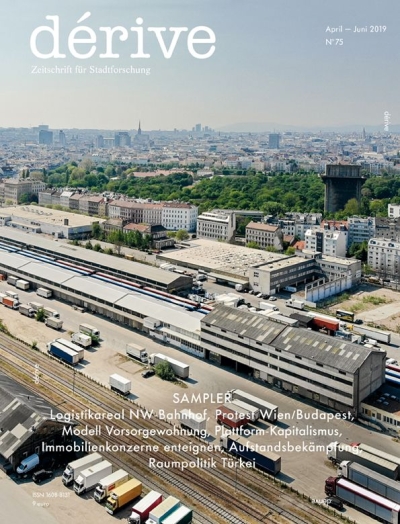
The Materials Book
To achieve truly climate-friendly architecture means not just switching to sources of renewable power, but building with materials that produce zero carbon emissions, use no fossil fuels, and create no waste. This publication contains essays, case studies, and a catalogue of building materials compiled by more than 60 architects, engineers, and scientists from around the world that deal with the environmentally mindful and socially responsible use of materials and resources. Ideas range from centuries-old traditions to newly developed biomaterials, from low-tech, artisanal methods to advanced digital technologies, and from incremental shifts to massive, top-down changes.
With the world’s population growing by 2.6 people per second, by 2050 we will need twice as many homes, highways, streets, and schools–all kinds of built infrastructure—if we are to maintain our standard of living. That will require vast quantities of construction materials and untold emissions of carbon dioxide, both for building new structures and heating, cooling, and maintaining them over the decades. While people in construction have a growing sense of the environmental toll of their business, the shift toward more sustainable standards can seem frustratingly slow. Yet the good news is that the scale of the industry means construction can be both a problem and a solution, as even small changes in the way we build can have an outsize impact on global carbon output.
The Materials Book offers essays, case studies, and a catalog of building materials by more than 60 architects, engineers, and scientists from the world over on environmentally mindful and socially responsible use of materials and resources. The ideas range from centuries-old traditions to newly developed bio-materials, from low- tech, artisanal methods to advanced digital technologies, from incremental shifts to massive, top-down changes. There’s no single solution, no silver bullet, but rather a palette of ideas that, taken together, can serve as a guidebook for those who want to build in a better way—not in some distant future, but right now.

































































































